Small cities often possess the most enchanting riverwalks—intimate pathways where you can actually hear the water flowing and where locals wave as they pass by on evening strolls. Unlike major metropolitan riverfronts that compete with traffic noise and crowds, these smaller urban waterways offer peaceful escapes that showcase how thoughtful planning can transform forgotten industrial corridors into community gathering spaces. These riverwalks prove that charm doesn’t require massive budgets or extensive mileage—sometimes, a well-designed quarter-mile pathway creates more memorable experiences than sprawling metropolitan trail systems.
Here’s a list of 18 small city riverwalks that deliver outsized personality and appeal.
San Antonio River Walk (Quieter Sections), Texas
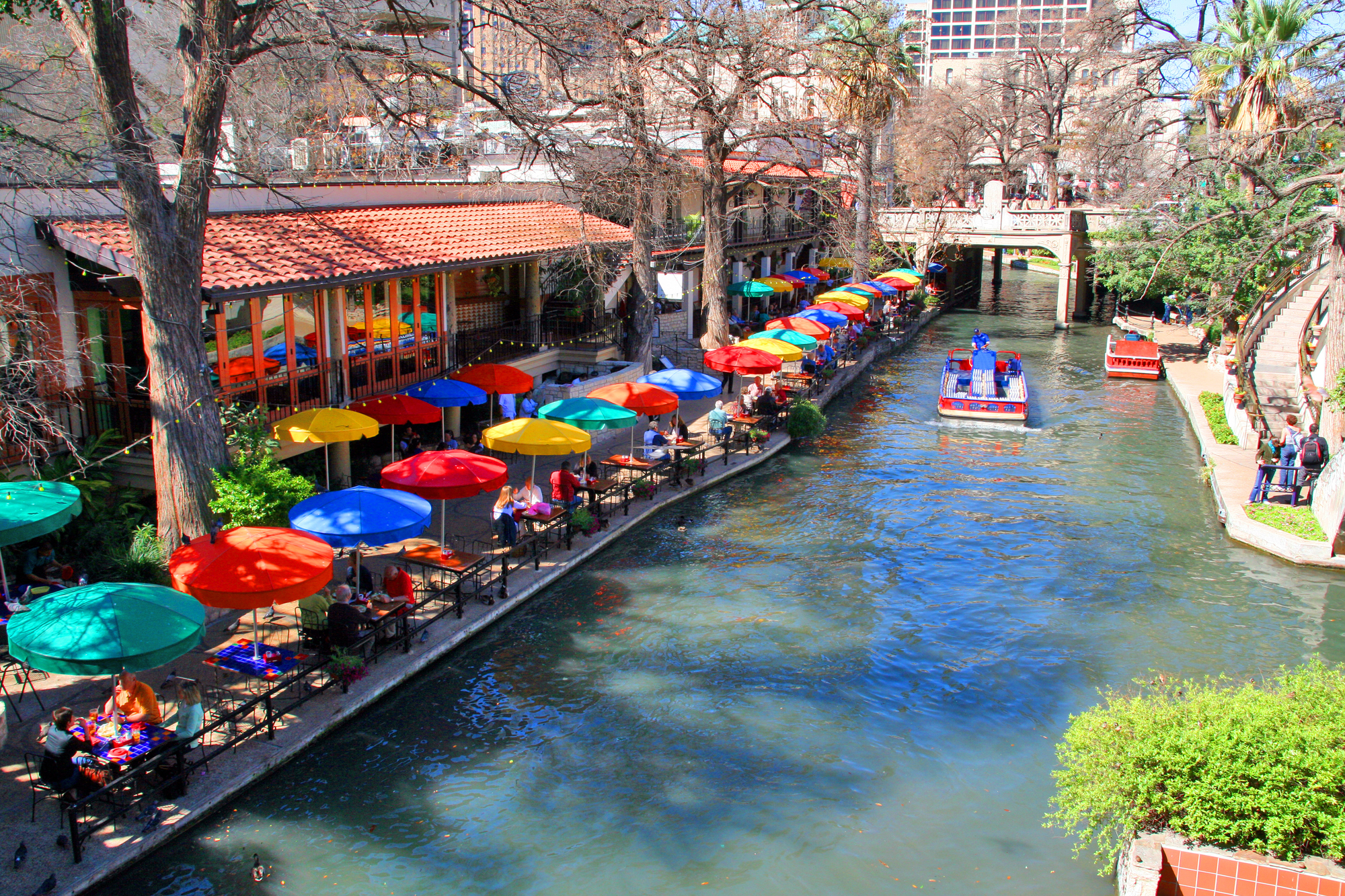
While downtown San Antonio’s River Walk draws millions of visitors, the quieter Museum Reach and Mission Reach sections provide intimate experiences along the same waterway with far fewer crowds. These newer extensions wind through residential neighborhoods and historic mission sites, where native Texas plants replace tourist-oriented landscaping.
The Mission Reach specifically connects four 18th-century Spanish colonial missions through peaceful riverside paths where wildlife thrives just minutes from the city center. Local families use these sections for daily exercise and dog walking, creating an authentic community atmosphere that contrasts sharply with the commercial downtown district.
Riverwalk, Naperville, Illinois
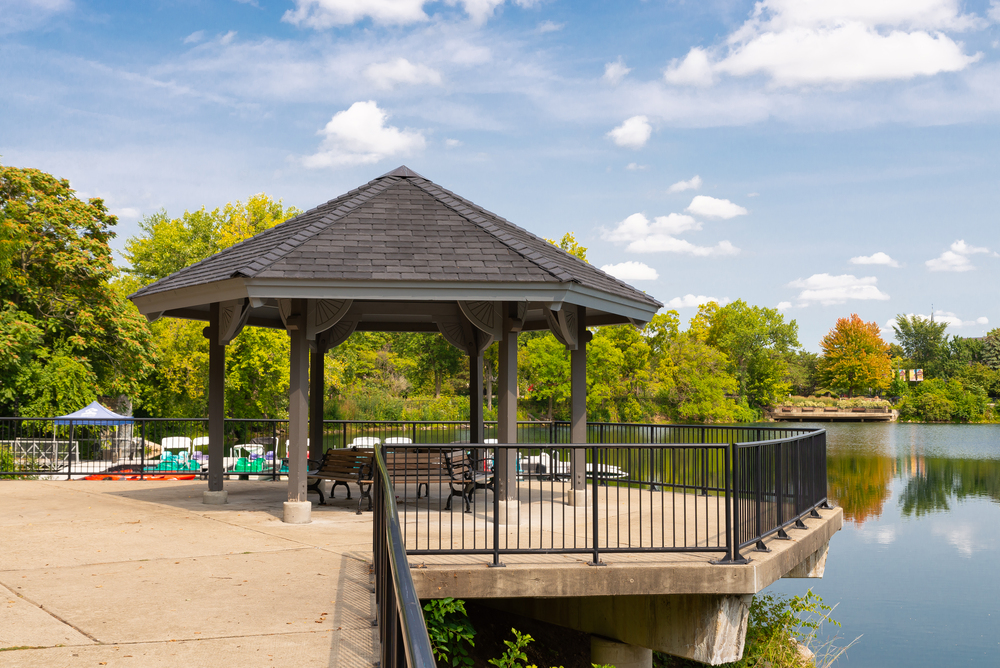
Naperville’s Riverwalk follows the DuPage River through the heart of this Chicago suburb, connecting parks, playgrounds, and cultural venues along nearly two miles of paved paths and wooden boardwalks. The centennial fountain creates a focal point where families gather for events while covered bridges provide shelter during sudden Midwest storms.
Quarry Beach, located nearby, offers swimming opportunities within walking distance of downtown shops and restaurants, making the Riverwalk both a recreational amenity and a practical transportation corridor. The pathway’s integration with the city’s extensive park system means you can walk from residential neighborhoods to the commuter train station entirely along waterfront paths.
Boise River Greenbelt, Idaho
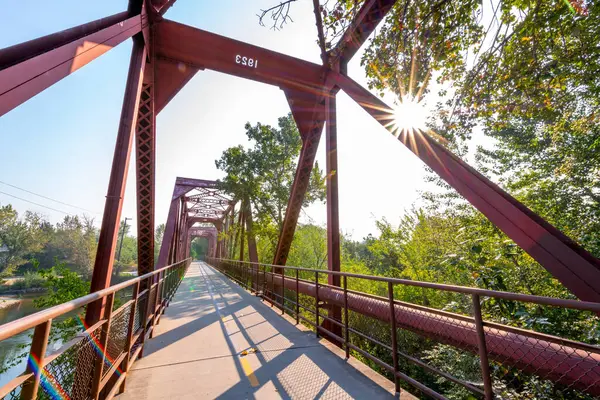
Boise’s Greenbelt stretches 25 miles along the Boise River, but the downtown sections through Julia Davis Park and around Boise State University campus capture the pathway’s essential character in easily walkable segments. The river maintains its natural meandering pattern through the city center, creating quiet backwaters where great blue herons hunt while downtown workers eat lunch on nearby benches.
Multiple access points and river crossings allow visitors to create custom walking routes that match their available time and energy levels. The Greenbelt connects directly to foothills trails, making it possible to start a river walk and end up hiking in sagebrush country within the same afternoon.
Arkansas River Trail, Pueblo, Colorado
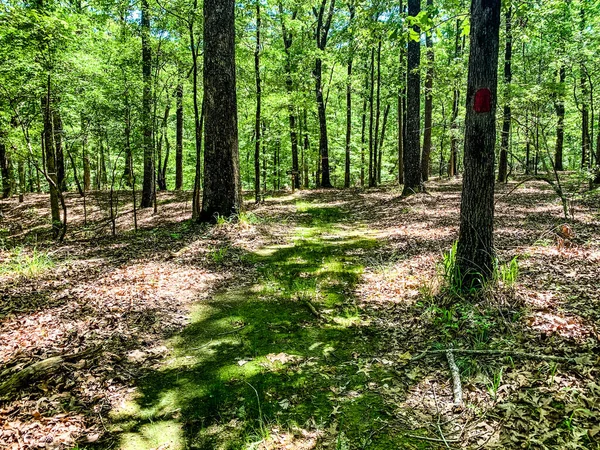
Pueblo’s riverwalk system transformed flood-damaged industrial areas along the Arkansas River into a connected network of trails, parks, and cultural attractions that showcase the city’s steel-making heritage while providing recreation opportunities. The Historic Arkansas Riverwalk of Pueblo features boat tours and waterfront dining, while longer trail sections extend into natural areas where cottonwood trees provide shade and wildlife habitat.
Steel sculptures and historical artifacts integrated into the landscape remind visitors of Pueblo’s manufacturing history while demonstrating how cities can honor their past while creating new recreational amenities. The trail system connects multiple city districts, making it both a tourist attraction and a practical transportation infrastructure.
Great Miami Riverway, Dayton, Ohio
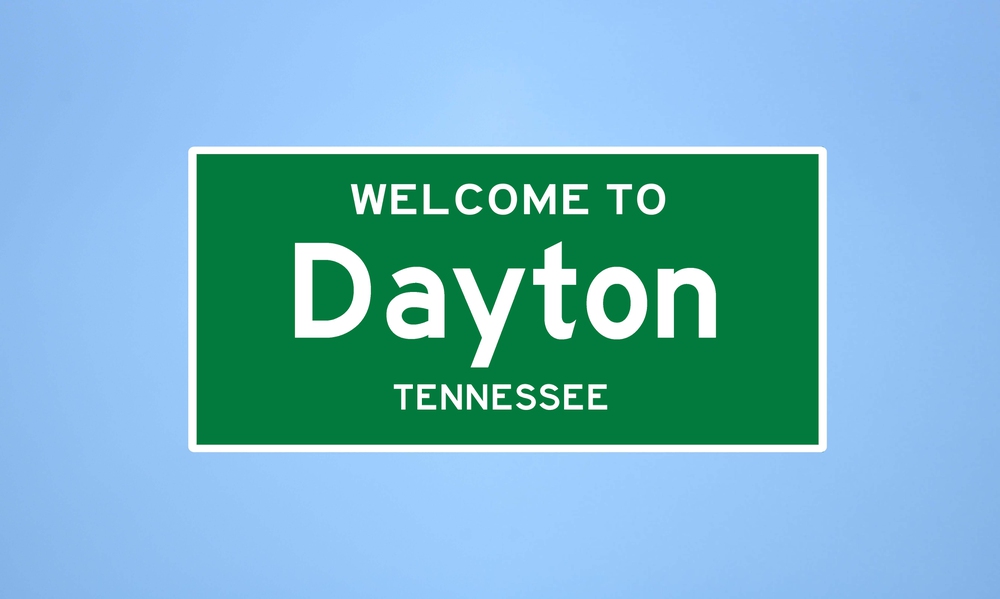
Dayton’s riverfront rebirth includes more than 340 miles of connected trails, but the 2-mile downtown RiverScape MetroPark section demonstrates how thoughtful design can transform urban waterways into community gathering spaces. Interactive fountains, performance venues, and adventure sports facilities share space with quieter areas where office workers escape for lunch breaks.
The Five Rivers MetroParks system ensures that city trail sections connect seamlessly with suburban and rural pathways, creating opportunities for everything from 20-minute walks to multi-day adventures. Dayton’s flat terrain and mild river current make the waterway accessible to users of all ages and abilities while still providing enough variety to keep regular users engaged.
Chattanooga Riverwalk, Tennessee
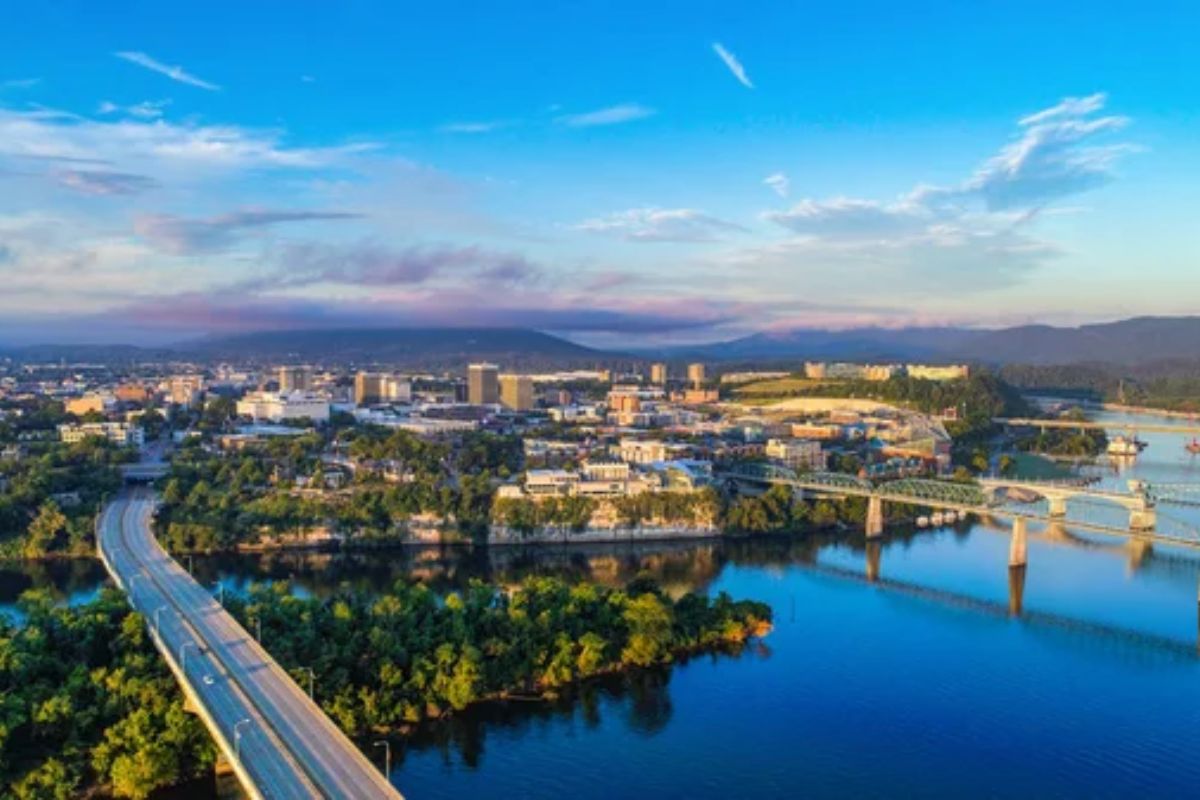
Chattanooga’s Tennessee Riverwalk stretches along the Tennessee River from downtown to Chickamauga Dam, passing through multiple parks and neighborhoods while providing access to the river itself through boat launches and fishing platforms. The pathway connects major attractions, including the Tennessee Aquarium and Creative Discovery Museum, with quieter residential areas where riverside homes demonstrate how waterfront living can enhance rather than block public access.
Public art installations and interpretive signage explain the river’s role in regional history, while benches and shelters provide rest stops for longer walks. The Riverwalk’s integration with the city’s electric shuttle system makes it easy to walk in one direction and ride back, encouraging exploration of the full waterfront.
French Broad River Greenway, Asheville, North Carolina

Asheville’s French Broad River Park provides an urban oasis where mountain bikers, dog walkers, and families share paved and natural surface trails along one of the region’s most important waterways. The river maintains its wild character even as it flows through the city center, with occasional rapids and swimming pools that remind visitors they’re experiencing an authentic mountain stream rather than a regulated urban waterway.
Multiple trail connections allow users to extend their riverside experience into the Blue Ridge Mountains or downtown cultural district, depending on their interests and energy levels. The greenway’s popularity with locals creates a welcoming atmosphere where visitors can easily strike up conversations about hiking recommendations or regional attractions.
Spokane River Centennial Trail, Washington
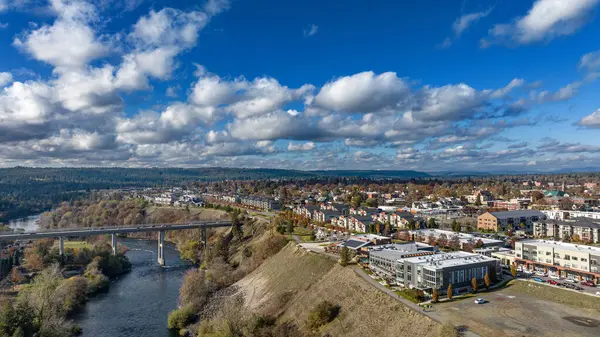
The Centennial Trail follows the Spokane River through Spokane’s downtown core and extends into Idaho, but the city sections around Riverfront Park showcase the pathway’s best features in a concentrated area. Spokane Falls provides a dramatic backdrop for the Riverwalk, with viewing platforms allowing close encounters with the powerful water flow that originally attracted settlement to this location.
The trail passes directly beneath the Monroe Street Bridge and around Havermale Island, creating an urban hiking experience where the sound of rushing water drowns out traffic noise. Seasonal salmon runs bring wildlife viewing opportunities right into the city center, demonstrating how urban rivers can maintain their ecological functions while serving recreational needs.
Yahara River Parkway, Madison, Wisconsin
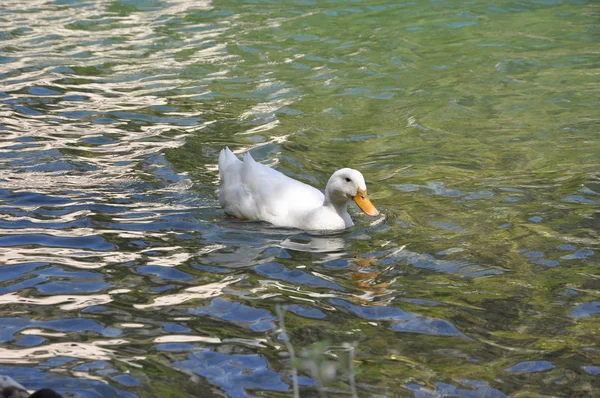
Madison’s Yahara River connects Lakes Mendota and Monona through a series of parks and natural areas that preserve wetland habitat while providing urban recreation opportunities. The parkway includes both paved and natural surface trails that accommodate different user preferences while maintaining the river corridor’s ecological integrity.
Tenney Park and Warner Park anchor the northern sections, while Cherokee Marsh provides wilderness experiences just minutes from downtown neighborhoods. The pathway system integrates with Madison’s extensive bike trail network, making it possible to combine river walking with lakeshore cycling or visits to the University of Wisconsin campus.
Huron River Trail, Ann Arbor, Michigan
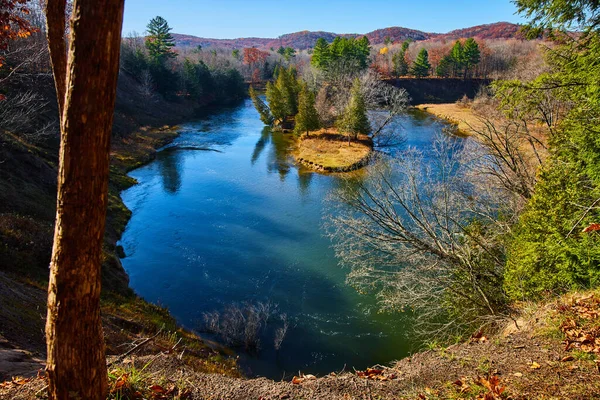
Ann Arbor’s portion of the Huron River Trail demonstrates how university towns can integrate waterfront recreation with academic and residential districts while preserving riparian habitat through urban areas. The trail passes through Gallup Park where canoe rentals provide water-based recreation options, then continues through natural areas where students and residents encounter wildlife just minutes from campus or downtown.
Multiple river crossings and trail connections create opportunities for loop walks of varying lengths while ensuring that the pathway serves transportation as well as recreation functions. The University of Michigan’s commitment to sustainability includes the active restoration of native plants along the river corridor, making the trail an outdoor classroom as well as a recreation amenity.
Rock River Recreation Path, Rockford, Illinois
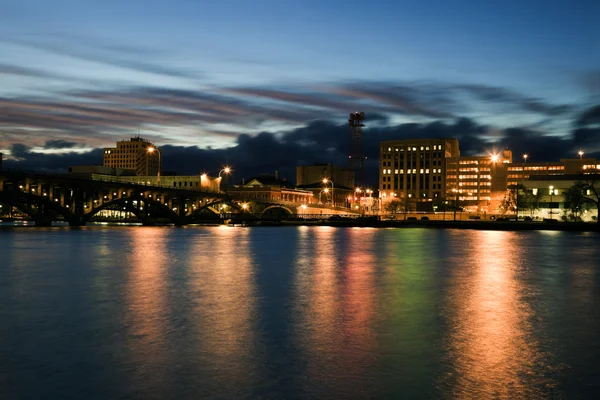
Rockford’s Rock River Trail system transforms industrial riverfront areas into connected green space that serves both recreation and flood control functions while celebrating the city’s manufacturing heritage. The pathway passes former factory sites where interpretive signs explain how water power shaped regional development, while restored prairies and wetlands demonstrate contemporary approaches to urban environmental management.
Multiple access points and parking areas make the trail system convenient for residents while encouraging visits from regional trail users exploring Illinois’ statewide trail network. The relatively flat terrain and well-maintained surfaces accommodate users with mobility challenges while still providing enough variety to interest serious cyclists and runners.
Cedar River Trail, Cedar Rapids, Iowa
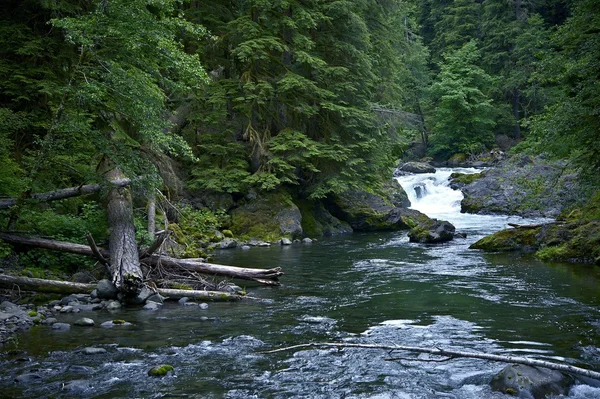
Cedar Rapids rebuilt its riverfront trail system following the devastating 2008 floods, creating a resilient pathway that can withstand future high water while providing year-round recreation opportunities along the Cedar River. The trail connects downtown cultural attractions with residential neighborhoods and suburban parks, demonstrating how waterfront pathways can serve transportation as well as recreation functions.
Czech & Slovak Museum & Library anchors the cultural district, while Seminole Valley Park provides natural area experiences within the city limits. The trail’s design incorporates flood-resistant materials and elevation changes that allow continued use during minor flooding while providing safe evacuation routes during major water events.
Susquehanna River Trail, Williamsport, Pennsylvania
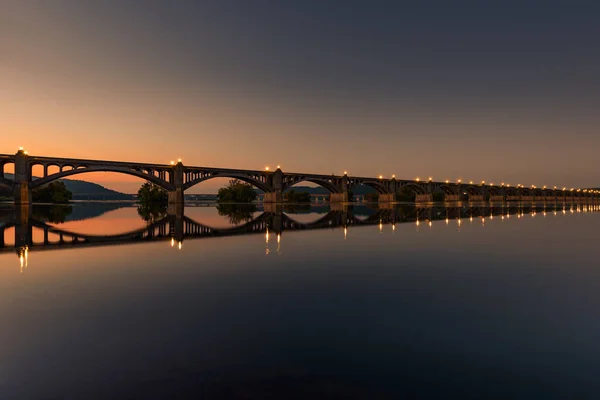
Williamsport’s Susquehanna Riverwalk celebrates the city’s lumber boom heritage while providing modern recreation opportunities along the West Branch Susquehanna River in the heart of Pennsylvania’s timber country. The pathway connects Susquehanna State Park with downtown business districts through Brandon Park and other riverside green spaces that preserve both recreational access and floodplain functions.
Historical markers explain the river’s role in floating timber to eastern markets, while contemporary amenities serve recreational users exploring the region’s outdoor opportunities. The trail integrates with regional bicycle touring routes, making Williamsport a logical stopping point for longer cycling adventures through central Pennsylvania.
Kalamazoo River Valley Trail, Kalamazoo, Michigan

The Kalamazoo River Valley Trail follows the Kalamazoo River through multiple communities in southwestern Michigan, but the Kalamazoo city sections demonstrate how urban river corridors can provide both recreation and ecological benefits. The pathway connects Western Michigan University with downtown districts while passing through wetland areas that provide habitat and flood control within the urban core.
Al Sabo Preserve offers wilderness experiences just minutes from campus, while downtown sections provide convenient access for students and office workers seeking outdoor exercise options. The trail’s integration with regional transportation systems encourages car-free exploration of the broader Kalamazoo area.
Eau Claire River Trail, Eau Claire, Wisconsin
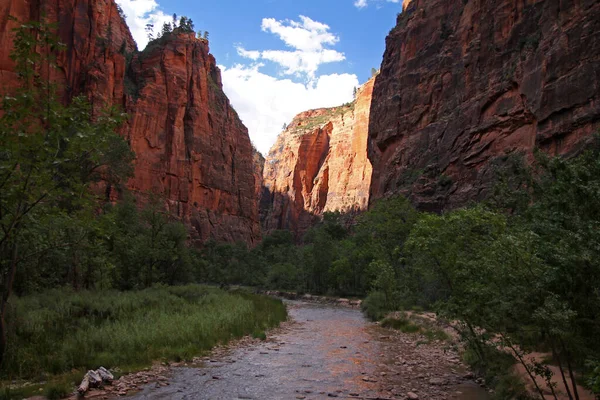
Eau Claire’s river trail system follows both the Eau Claire and Chippewa Rivers through downtown and residential areas, creating a connected network that showcases how confluence cities can celebrate their water resources while providing practical transportation infrastructure.
The pathway passes through Phoenix Park where summer concerts and festivals take advantage of riverside settings, then continues into quieter neighborhoods where residents use the trail for daily exercise and dog walking. Multiple river crossings and trail connections allow users to create custom routes while ensuring that the pathway system serves commuting as well as recreation functions. The flat terrain and well-maintained surfaces make the trails accessible to users of all ages and abilities.
White River Greenway, Indianapolis, Indiana
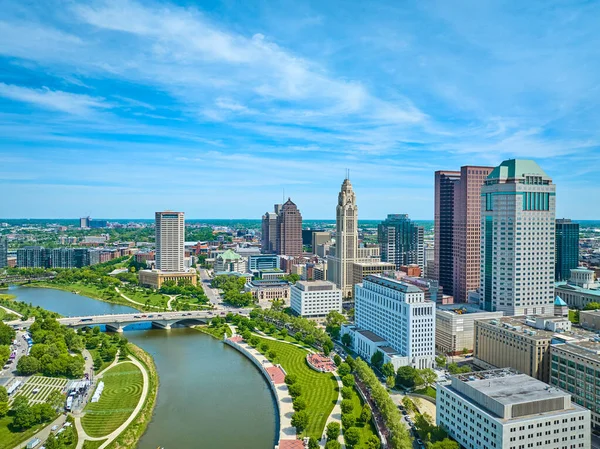
Indianapolis transformed industrial riverfront areas along the White River into a connected trail system that provides urban wilderness experiences just minutes from downtown cultural attractions and business districts. The Central Canal Towpath connects with White River sections to create extended walking opportunities that showcase different aspects of the city’s water resources.
Military Park and White River State Park anchor major sections, while quieter residential areas provide glimpses of how waterfront neighborhoods can integrate public access with private development. The greenway’s popularity with commuter cyclists demonstrates how river trails can reduce traffic congestion while providing recreation opportunities for residents and visitors.
Scioto River Trail, Columbus, Ohio
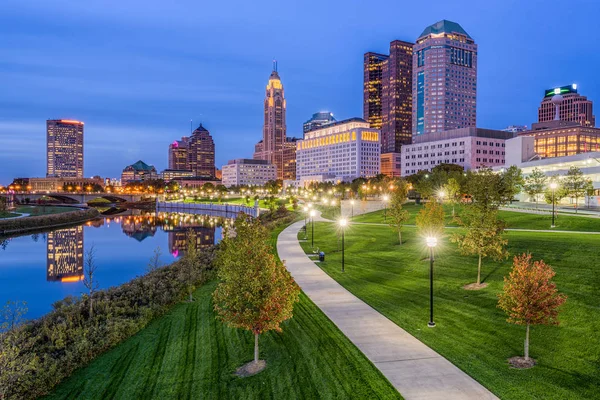
Columbus invested heavily in Scioto riverfront redevelopment that transformed industrial areas into connected park spaces serving recreation, flood control, and economic development functions simultaneously. The trail system connects downtown attractions with suburban communities while providing access to the river itself through boat launches, fishing platforms, and swimming areas.
Scioto Mile anchors the downtown sections with fountains, performance venues, and public art, while quieter upstream and downstream sections offer more natural experiences. The pathway’s integration with the city’s extensive bike trail network creates opportunities for everything from short lunch-break walks to day-long cycling adventures throughout central Ohio.
Connecticut River Greenway, Springfield, Massachusetts
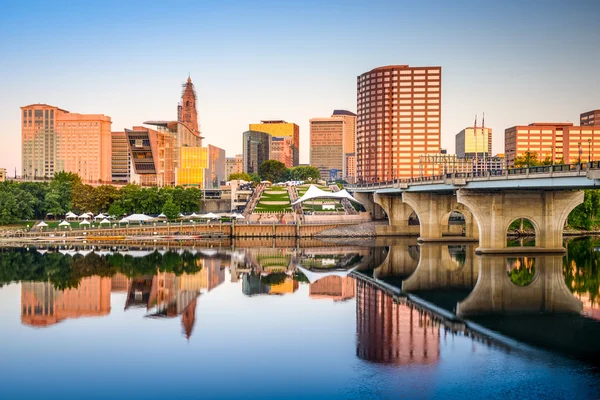
Springfield’s Connecticut River waterfront rebirth includes trail development that connects downtown cultural attractions with natural areas along New England’s longest river while celebrating the city’s role in American industrial history. The pathway passes the Basketball Hall of Fame and other Riverfront Park attractions before extending into quieter sections where great blue herons and bald eagles demonstrate the river’s ecological recovery.
Multiple access points and parking areas make the trail convenient for residents while encouraging regional visitors to explore the Connecticut River Bikeway’s 84-mile route through four states. The relatively flat terrain accommodates users of all abilities, while interpretive signage explains both natural history and the river’s importance to regional development.
Rivers as Urban Arteries
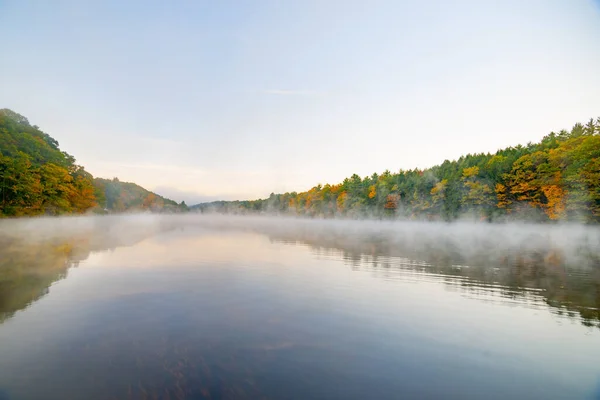
These small city riverwalks prove that water creates magic regardless of municipal budgets or population density. Whether you’re watching kayakers navigate gentle rapids in Spokane or discovering prairie wildflowers along Iowa’s Cedar River, these pathways demonstrate how communities can honor their waterways while creating spaces where neighbors become friends over evening strolls.
The most successful riverwalks feel less like formal recreation facilities and more like outdoor living rooms where cities and their rivers coexist in comfortable partnership. They remind us that the best urban planning happens when communities work with their natural features rather than against them—creating spaces where both people and rivers can thrive.
More from Travel Pug

- Cities Growing so Fast You Won’t Recognize Them in 10 Years
- 13 Destinations Where Tourists Regularly Regret Their Trip
- 16 U.S. Cities That Are Quietly Becoming Travel Hotspots
- Where to Travel If You Love Long Bus Rides and Daydreams
- 20 Cities Perfect for Solo Travelers Who Crave Adventure & Culture
Like Travel Pug’s content? Follow us on MSN.
